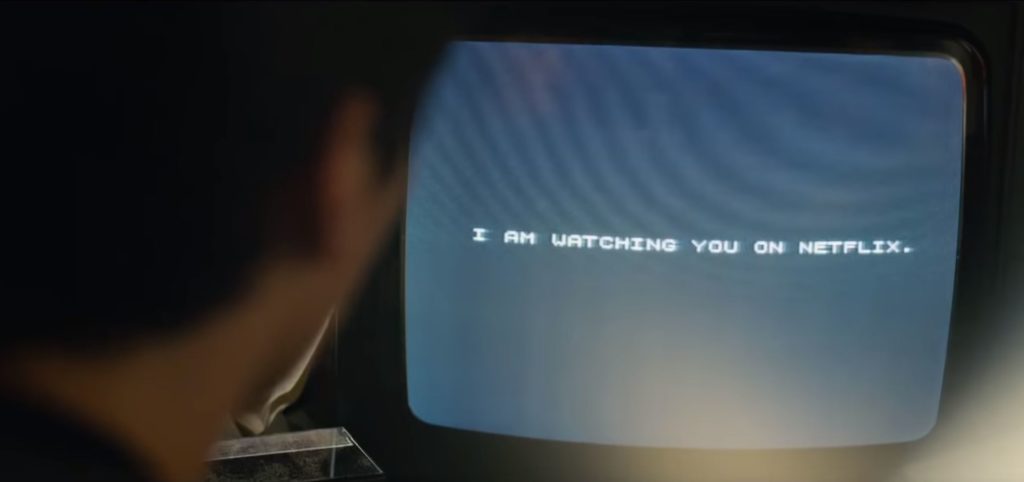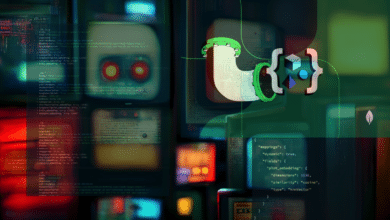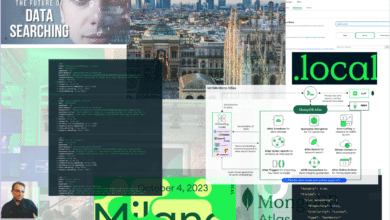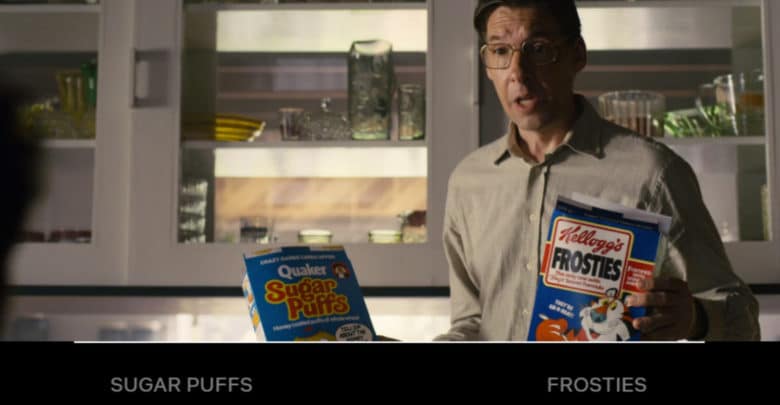
Netflix just introduced a whole new way to consume its content.
Released on Dec. 28, Black Mirror – Bandersnatch, with a new video runtime engine (a software called Branch Manager) includes hours of video clips that users can explore while they personalize their dystopian experience.
The viewers begin watching it like any other program or movie but as Bandersnatch moves along, a series of choices appear on the screen, roughly every few minutes or so. Using a remote control, console controller, or keyboard, viewers make the decisions for the story’s protagonist, sending the narrative off in any number of new directions.
The early choices are easy, such as which cereal the main character should have for breakfast. The story is set in 1984 and follows a programmer named Stefan who is inspired to create a computer game based on a dark fantasy book he read as a child, which also featured multiple, choose-your-own-adventure endings. There are five main endings, although there are multiple variations on each. Netflix has over 100 million subscribers and with that comes a wealth of data they can analyze to improve the user experience. Big data has helped Netflix massively in their mission to become the king of stream.
Big data helps Netflix decide which programs will be of interest to you and the recommendation system actually influences 80% of the content we watch on Netflix. The algorithms help Netflix save $1 billion a year in value from customer retention.
Here is how Netflix uses data to drive success before Bandersnatch:
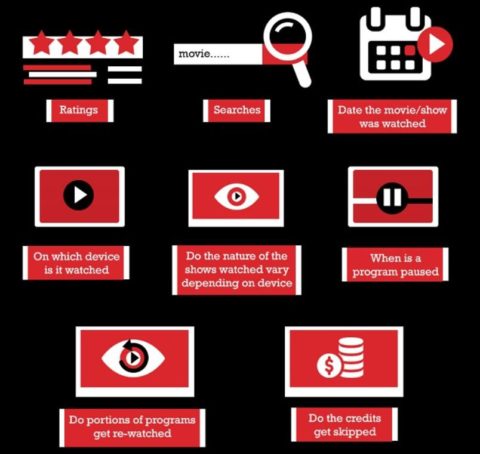
Bandersnatch could be a game-changer to collect data from users.
The first choice Bandersnatch presents is what cereal the protagonist should eat: Frosted Flakes or Sugar Puffs? That’s seemingly a red herring with minimal effect on the narrative. But it showcases the most blatant marketing technique Netflix can deploy with interactive content: programmatic product placement.
These moments are opportunities for Netflix to market to its users while learning from them. Using the insights it gathers, Netflix will be able to associate products with content, microgenres, or specific demographics (e.g., Frosted Flakes with Dystopic Thrillers or with 18- to 24-year-old men). On the other hand, it will be able to directly test product designs (e.g., two different Frosted Flakes box covers), which is a service Netflix could sell to brands before production begins. Netflix will be able to erase marketers’ greatest obstacle by hand-holding them to their most receptive audiences.
Another decision in Bandersnatch calls on users to choose which cassette protagonist Stefan will listen to while traveling to the gaming company Tuckersoft: Thompson Twins or Now That’s What I Call Music, Vol. 2. The choice does dictate which soundtrack users hear during that sequence. It’s the kind of choice that’s normally left to the director. By putting it in a consumer’s hand, Netflix is not just inviting viewers to participate in creating the tone of a scene; it’s asking viewers to pick one product over another.
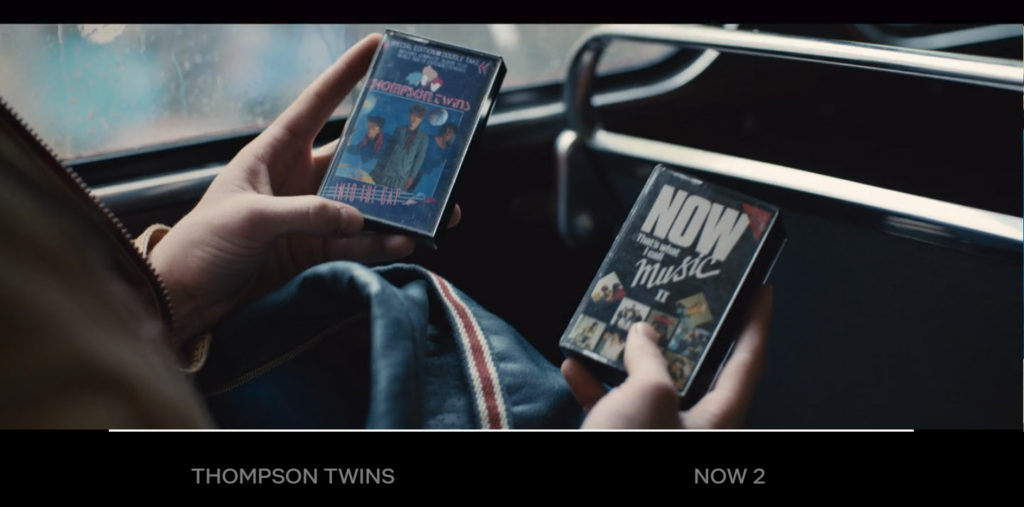
In the process, those viewers are providing clear metrics about their music preferences. Even if they later go back and make a different choice to see whether that has an effect on the story, Netflix still knows the music they prefer. That could pave the way to data-mining deals with the likes of Spotify or Apple Music, which could be made during pre-production or even earlier. It’s not too far-fetched to imagine Netflix designing entire shows around a particularly useful or lucrative contract to determine, say, whether teenagers will be more engaged by music on “Rap” or “Salsa” playlists.
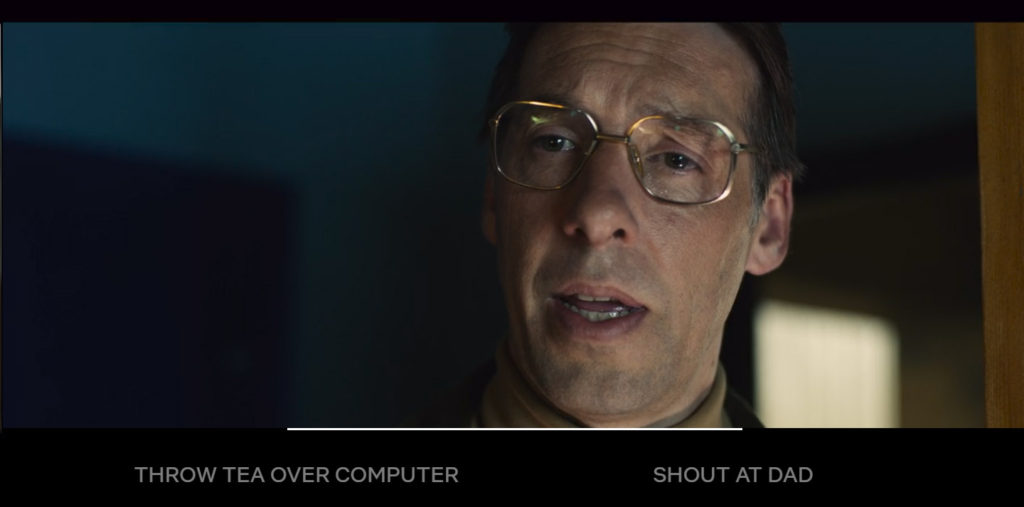
Deepening interactivity establishes a powerful new circuit between users, content, platforms, and brands and marketers. This will only become truer as more voice, eye-tracking, and virtual reality enter the picture, with even greater potential for tracking how users react to objects in their created environments.
At its best, Black Mirror shows how emerging technologies are currently shaping society, and it offers nightmare versions of the ways they might shape it further. Even though Bandersnatch is set in the past, it may have just made the clearest case yet for the way technology could shape the future of entertainment.
